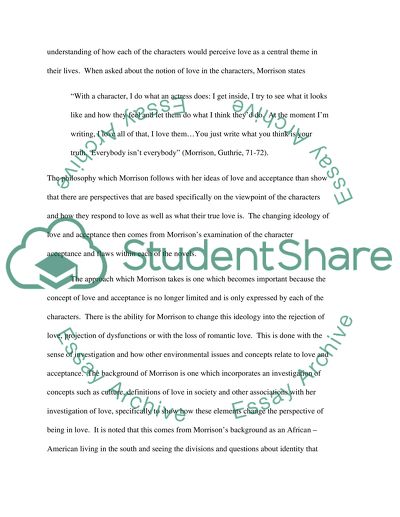Cite this document
(“Love and Acceptance Essay Example | Topics and Well Written Essays - 3000 words”, n.d.)
Retrieved de https://studentshare.org/english/1390489-love-and-acceptance
Retrieved de https://studentshare.org/english/1390489-love-and-acceptance
(Love and Acceptance Essay Example | Topics and Well Written Essays - 3000 Words)
https://studentshare.org/english/1390489-love-and-acceptance.
https://studentshare.org/english/1390489-love-and-acceptance.
“Love and Acceptance Essay Example | Topics and Well Written Essays - 3000 Words”, n.d. https://studentshare.org/english/1390489-love-and-acceptance.


